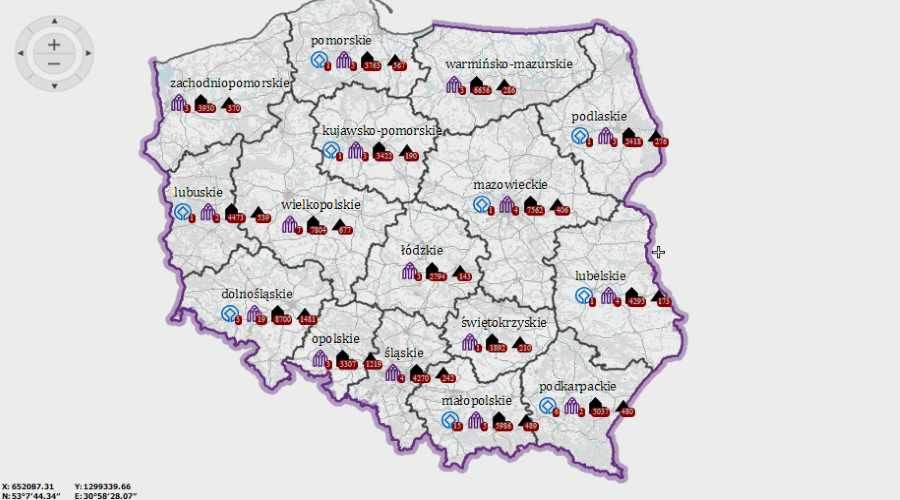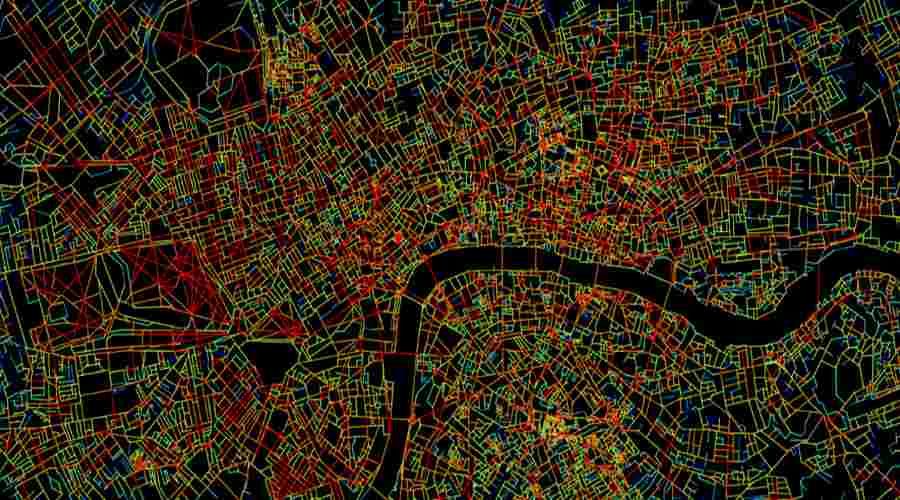Interactive map of monuments
The map of monuments has been updated and already contains more than 84 thousand entries. You can find archaeological sites, movable and immovable monuments, as well as Monuments of History and UNESCO-listed sites.
Map of monumentsów maintained by the National Heritage Institute does not include all monumentsów and archaeological sites. The latter are about 450,000 in our country. But it is updated every year and currently includes those most important and detailedólnie valuable. The map is available at http://mapy.monument.gov.pl and will certainly come in handy when planning tours.
On the map you can find „Information on more than 76,200 objects entered in the register of monuments in the cityóin immovable and more than 7,700 archaeological sites. The portal features róalso received information on all UNESCO World Heritage sites and all Monuments of History” – reported the National Heritage Institute on one of its social networks.
„Róhe year 2017 saw our digital documentation repository enriched by more than 1,500 thousand documentsóin the register of monumentsóin immovable, movable and archaeological. The documentation is transferred to the National Heritage Institute by the Voivod ofódz dz Historic Preservation Officeów” – we read further.
The National Heritage Institute also reported that the service last year received 16 millionóinquiries. This gives an average of 18,500 usersóon a monthly basis.
Internet users can find monuments by multiple criteriaów – m.in. Searching by name for specific immovable monuments, among theód whoórych are palace complexes, sacred, economic, spatial or communication systems. Other categories include Monuments of History, monuments on the UNESCO World Heritage List and archaeological sites. It is also possible to sort monumentsóin the post-period, from whichórego come.
However, the website does not provide all the information about the monuments. This is due to concern for their fate. Only experts have access to the full database after logging into the National Heritage Institute system.





